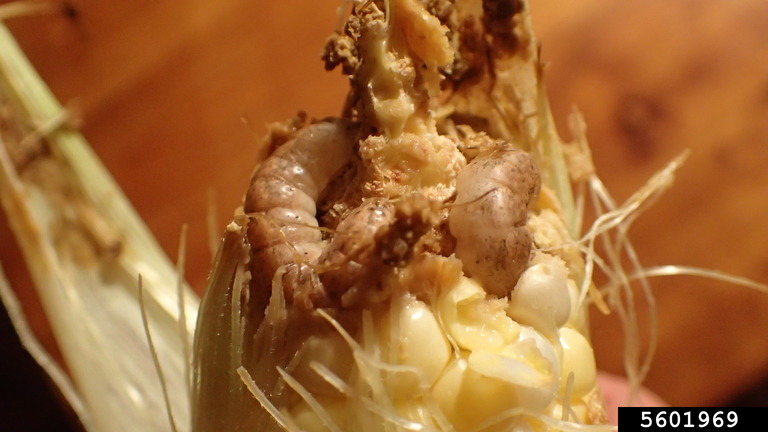Pest Alert: Western Bean Cutworm in Sweet Corn
We are hearing reports of western bean cutworm activity in sweet corn this week. This species is relatively new to our region and can cause injury to sweet corn ears that is similar to corn earworm.

Scout tasseling fields by examining the upper surfaces of the leaves at the top of the plant, and leaves above and below the ear zone. Eggs are laid in masses and change from a cream color to lavender to dark purple as they age. Examine 20 consecutive plants at five locations in the field.

If you find more than 4% of plants have eggs or small larvae, consider protecting sweet corn when 90-95% of plants are at tassel. Materials used for corn earworm control will also control western bean cutworm. Consult the New England Vegetable Guide for recommendations.
If you have questions about your woodlot, contact your Extension County Forester today!
Do you love learning about stuff like this?
Subscribe to Pest Alert newsletter
A periodic update of pests bothering trees and forests in New Hampshire, with a special emphasis on non-native exotic insects.

